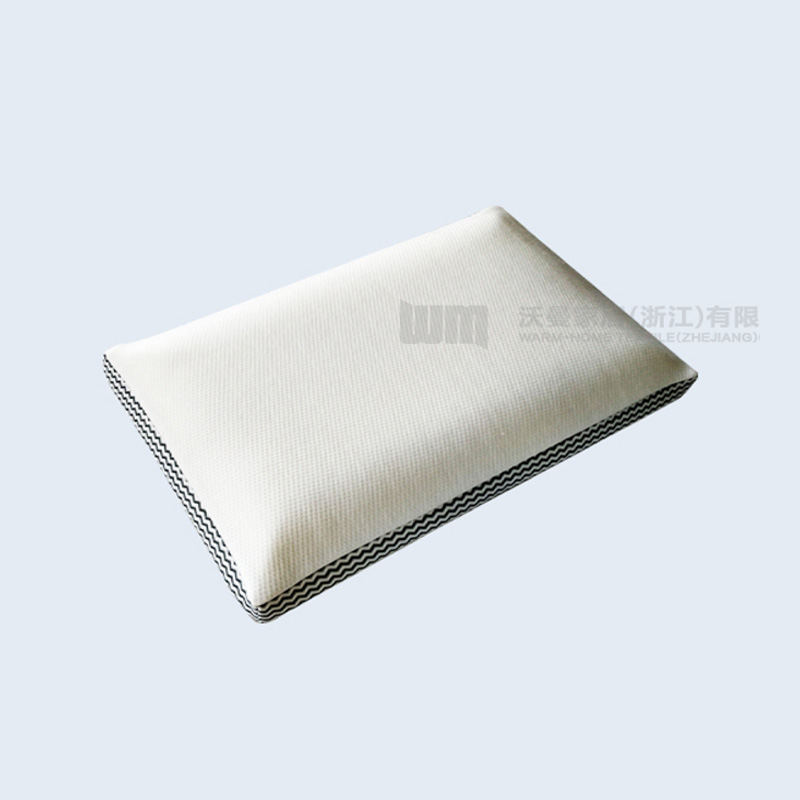Memory foam pillows are known for their hypoallergenic properties, and they can maintain these properties over the long term with regular use and washing due to several reasons:
Material: Memory foam pillows are typically made from synthetic materials, such as polyurethane foam. Unlike traditional pillows stuffed with feathers or down, memory foam is not a breeding ground for dust mites, which are a common cause of allergies. This makes memory foam pillows inherently hypoallergenic.
Densely packed structure: Memory foam cushions are manufactured to have a solid, compact structure. This characteristic prevents the accumulation of allergens like dust mites, pollen, and pet dander in the pillow. The construction of memory foam also hinders the growth of odor-causing bacteria and molds, ensuring a cleaner and allergen-free sleep surface.
Moisture resistance: Memory foam has natural moisture-resistant properties due to its closed-cell structure. This property helps to prevent the growth of mold or mildew, which can trigger allergies. When properly cared for and regularly cleaned, memory foam pillows can resist mold, mildew, and other allergens that thrive in moist environments.
Removable and washable covers: Most
memory foam pillows come with removable and washable covers made of hypoallergenic materials like cotton or bamboo-based fabrics. These covers act as an additional barrier against allergens, and by regularly washing them, you can eliminate dust mites, pollen, and other potential allergens that may accumulate on the surface of the pillow.
Resistance to clumping: Memory foam is designed to resist clumping or flattening over time, which helps maintain its hypoallergenic properties. Traditional pillows tend to lose their shape and become lumpy, creating pockets where allergens can accumulate. In contrast, memory foam pillows retain their shape and structure, minimizing the chances of allergen build-up.
However, it is essential to note that while memory foam pillows are naturally hypoallergenic, individual sensitivity may vary. Some people may still have allergies to certain materials such as latex or specific components used in memory foam pillows.












